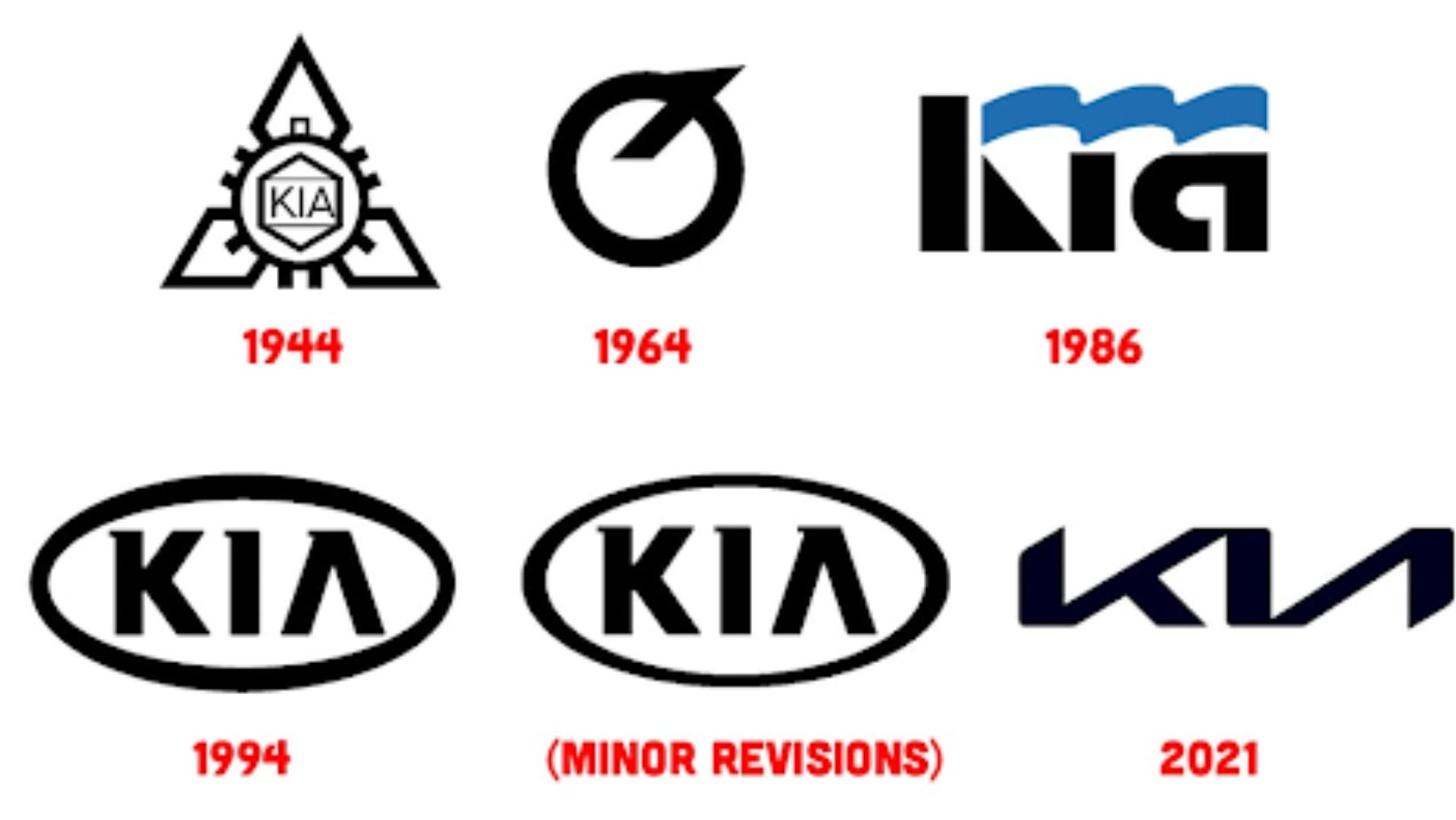Rebranding is the process of changing the image and brand positioning. Its purpose is to improve competitive advantages or adapt the company’s product, work, or service to new market conditions. It can be partial, just changing the packaging’s logo, label, or color scheme, or complete—with a total transformation, often up to a change in the enterprise’s owner or the product’s properties. We will briefly tell you more in this article. Read more at https://dinarys.com/.
What is Rebranding
Large-scale changes have occurred if a company has started changing its product or image. Rebranding tasks:
- increasing consumer loyalty, and therefore improving demand for the product;
- positioning or increasing the uniqueness of its product and the company as a whole;
- attracting new consumers.
Reasons for Changes
Rebranding is carried out only after a comprehensive audit of the manufacturer’s products and the company. You cannot just want to change the label on the product, as this will reduce its recognition, and the company will incur losses. Marketing experts highlight 11 key points that indicate that the time for change has come:
- trademark, the product does not fulfill its tasks – consumer demand is falling;
- a competitor has appeared, its product interests consumers more than yours;
- Changes have occurred within the company – perhaps a change in values, and sometimes management and owner;
- change in consumer needs;
- Brand expansion – for example, it sold yogurts and now other dairy products;
- Change in market conditions;
- reformulation – a change in the product due to modern trends;
- Creation of an information hook – the company’s product has been forgotten, but the manufacturer needs potential buyers to remember it;
- increasing employee motivation, attracting new workers;
- There was a complete change in the target audience – there was a luxury segment, but now it is more democratic.
You must decide on significant changes to distinguish your product from competitors and get additional loyal customers. In general, to become better in all aspects.
Where to Start
They start with an analysis – of the product and the company. One of the tools for their assessment is SWOT. The analysis is mandatory since it is the basis for developing a strategy for changing a brand or a specific product.
Next steps:
- Market assessment: The company needs to know not only the target audience but also its current general state, new trends, and competitors.
- Strategy development: It is necessary to determine what will change: the logo, whether a new product will be launched on the market, and the entire approach to doing business.
- Updating or the rebranding process itself involves changing the product and the company as a whole. This comprehensive work includes forming a new chain of suppliers and their requirements, improving the product and packaging, developing an advertising campaign, and creating the desired image and customer response.
- Communication with consumers – convey to the target audience the need for work, receiving and analyzing feedback.
 Rebranding is a complex process that requires careful planning and preparation. Simply changing a product’s usual appearance is unproductive and will cause losses to the enterprise.
Rebranding is a complex process that requires careful planning and preparation. Simply changing a product’s usual appearance is unproductive and will cause losses to the enterprise.

